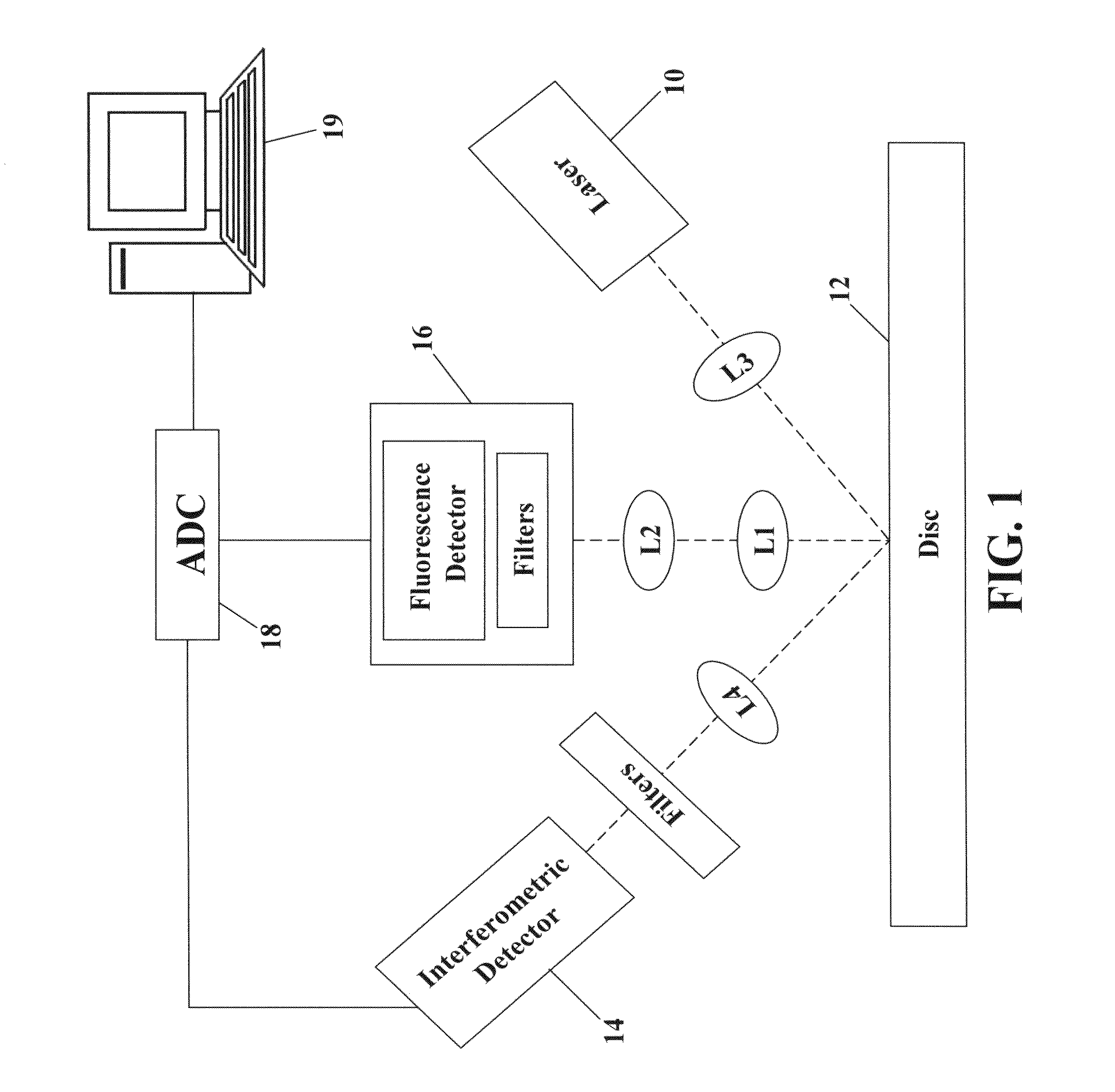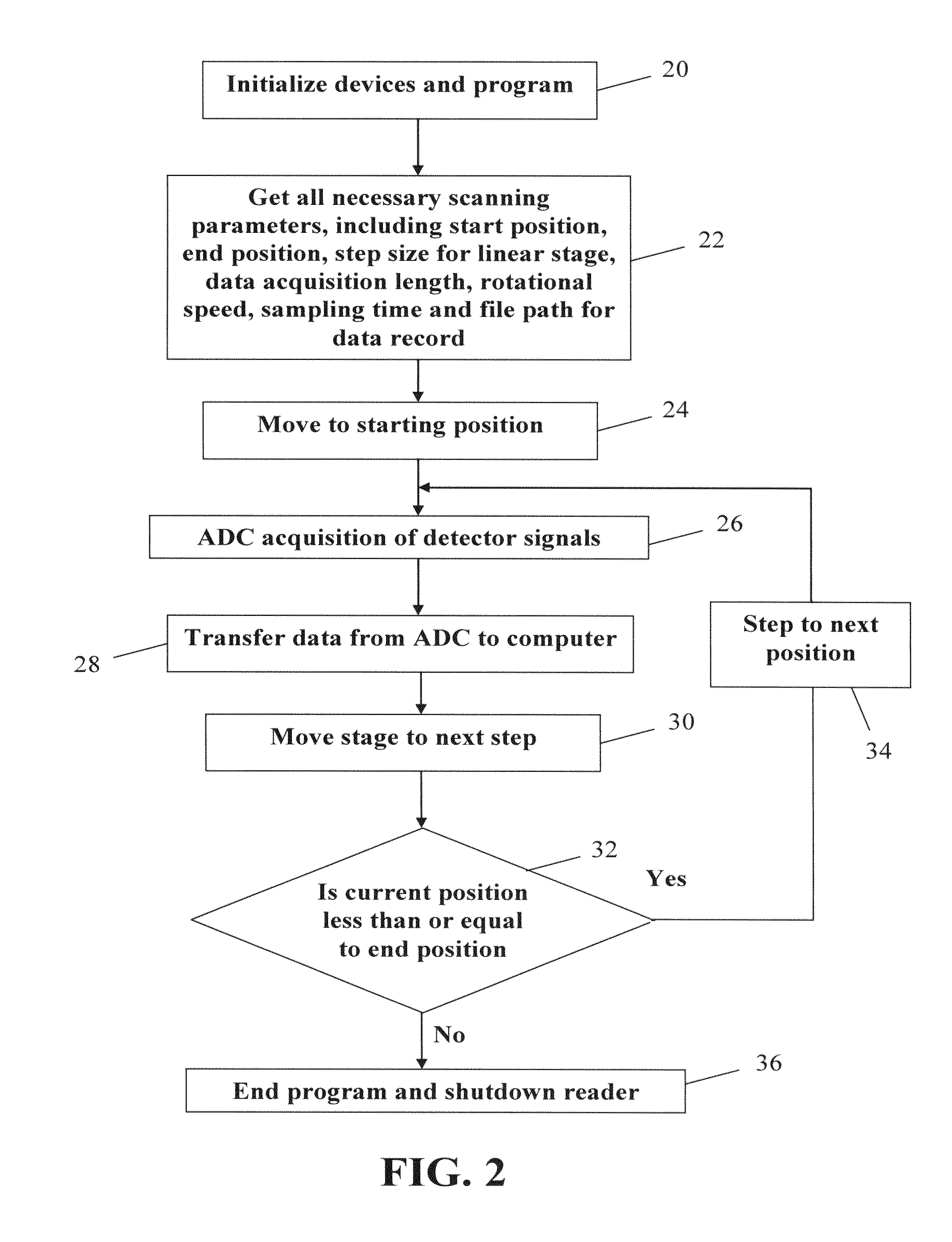System with extended range of molecular sensing through integrated multi-modal data acquisition
a multi-modal data acquisition and molecular sensing technology, applied in the direction of color/spectral properties measurement, instruments, material analysis through optical means, etc., can solve the problems of limiting the sensitivity of label-free systems, limiting the ability to perform time-resolved studies beyond a certain length of time, etc., to achieve increased processing time and cost, high sensitivity
- Summary
- Abstract
- Description
- Claims
- Application Information
AI Technical Summary
Benefits of technology
Problems solved by technology
Method used
Image
Examples
Embodiment Construction
[0055]The embodiments of the present invention described below are not intended to be exhaustive or to limit the invention to the precise forms disclosed in the following detailed description. Rather, the embodiments are chosen and described so that others skilled in the art may appreciate and understand the principles and practices of the present invention.
[0056]Fluorescence and interferometric signals have different angular distributions. Fluorescence excitation leads to isotropic (but not homogeneous) incoherent emission of radiation while the interferometric signal comes from coherently scattered radiation in the direction of the reflected light. This difference in angular distribution can be exploited in separating signals from the two channels in the instrument.
[0057]Typically, fluorescence wavelength is longer than that of excited light due to energy loss of the excited molecules. The wavelength difference, called the Stokes's shift, provides another way to separate fluoresce...
PUM
| Property | Measurement | Unit |
|---|---|---|
| thickness | aaaaa | aaaaa |
| concentration | aaaaa | aaaaa |
| concentration | aaaaa | aaaaa |
Abstract
Description
Claims
Application Information
 Login to View More
Login to View More - R&D
- Intellectual Property
- Life Sciences
- Materials
- Tech Scout
- Unparalleled Data Quality
- Higher Quality Content
- 60% Fewer Hallucinations
Browse by: Latest US Patents, China's latest patents, Technical Efficacy Thesaurus, Application Domain, Technology Topic, Popular Technical Reports.
© 2025 PatSnap. All rights reserved.Legal|Privacy policy|Modern Slavery Act Transparency Statement|Sitemap|About US| Contact US: help@patsnap.com



